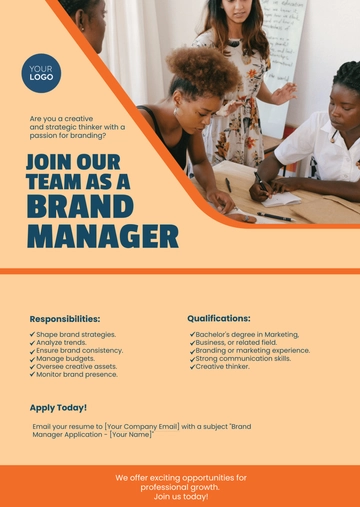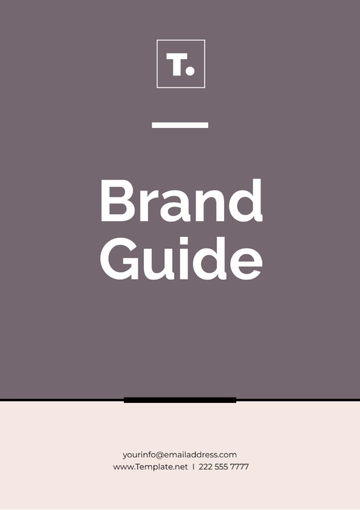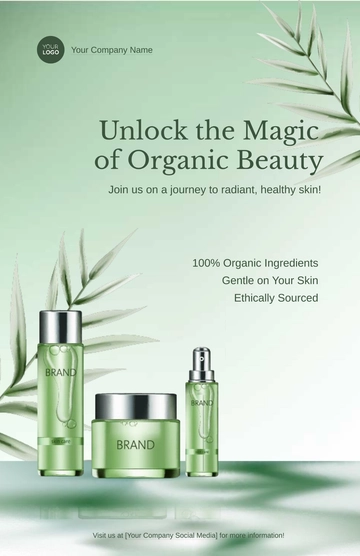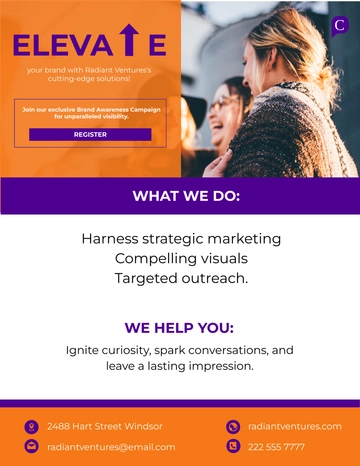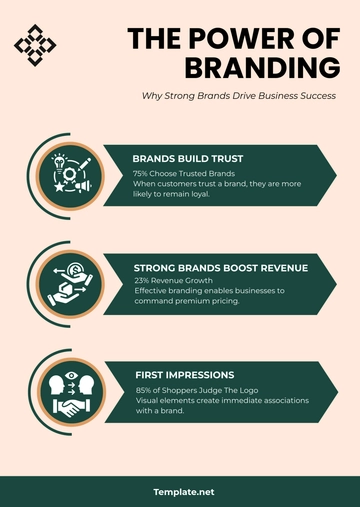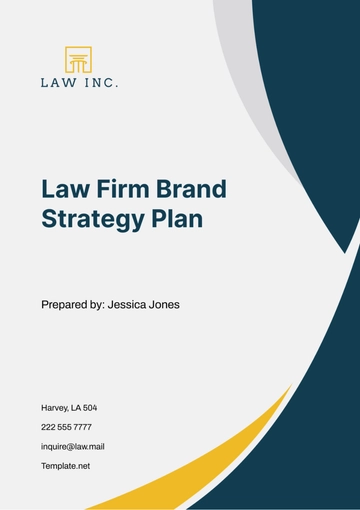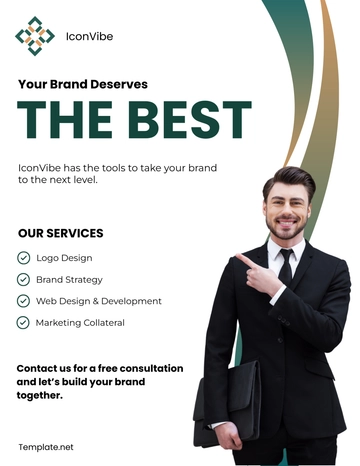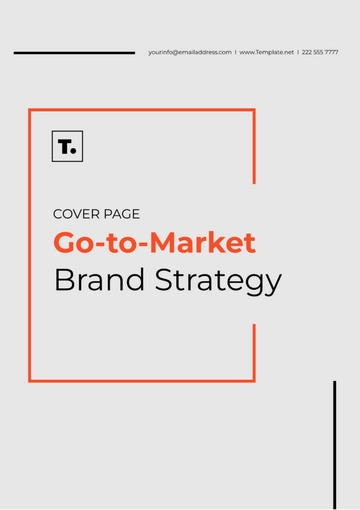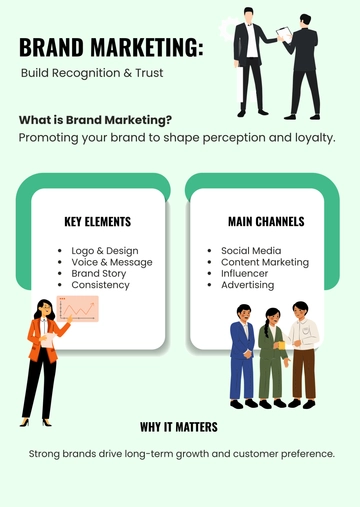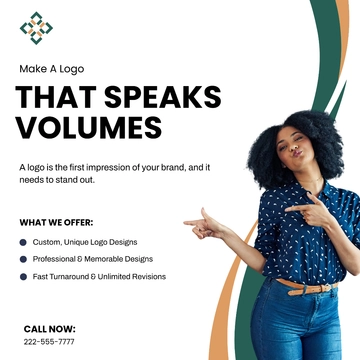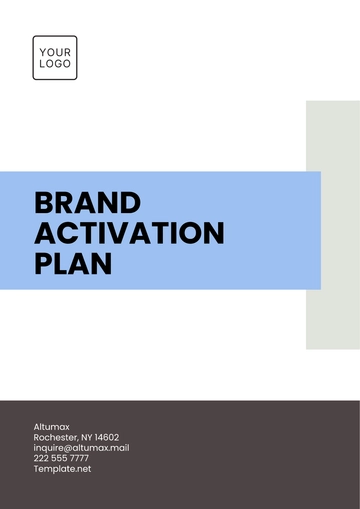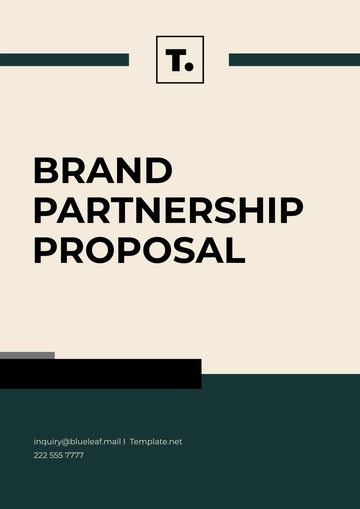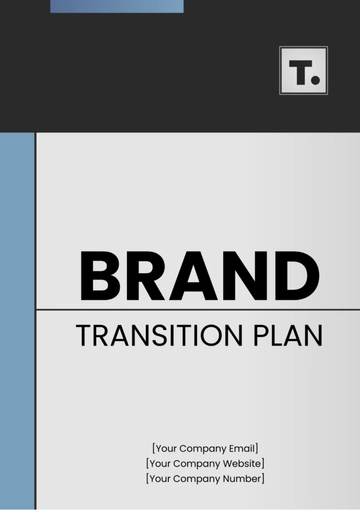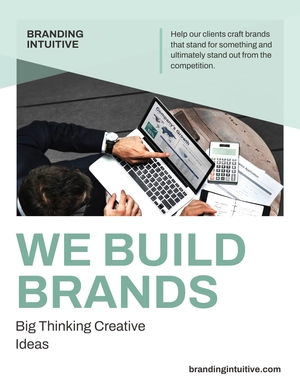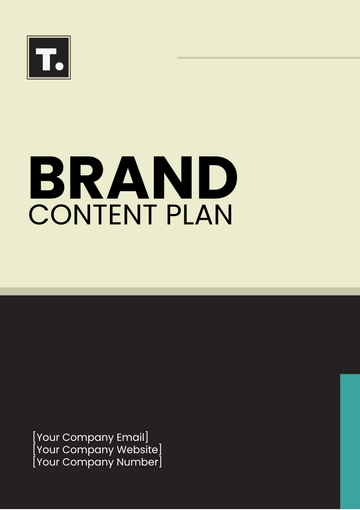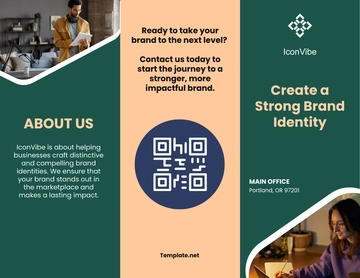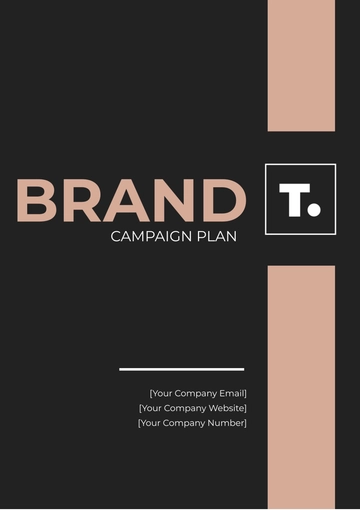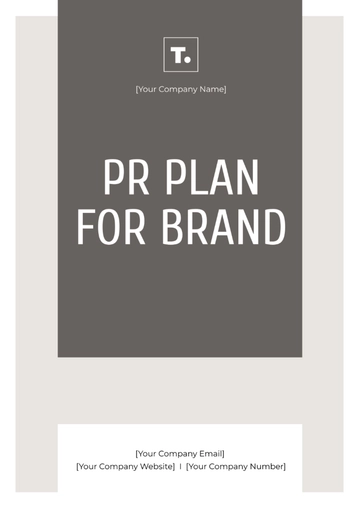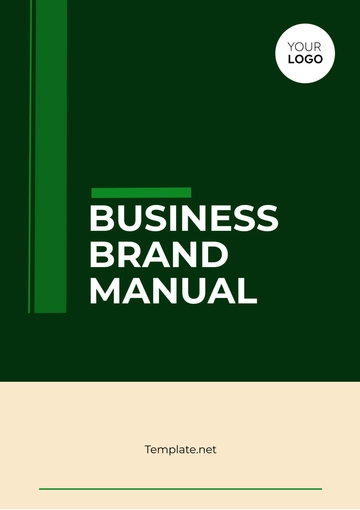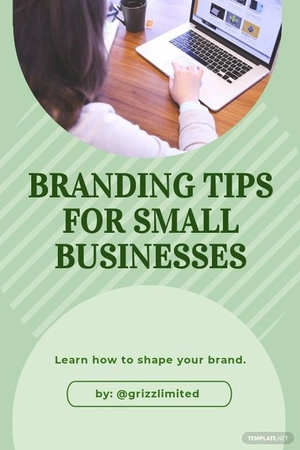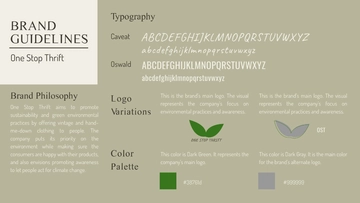Free Go-to-Market Brand Strategy

I. Executive Summary
The Go-to-Market Brand Strategy outlines [Your Company Name]'s approach to launching [Product Name] in the [Target Market], highlighting our intent to capture market share effectively. The main goal that we are aiming to achieve is to build a robust and recognizable brand presence while securing a [00]% share of the market within the first year of operation. We aspire to position ourselves as a leader within the health and wellness market by leveraging innovative marketing techniques and cultivating strategic partnerships. By concentrating on these areas, our intention is to distinguish our offerings from those of our competitors and leave a significant and enduring impression on the audience we are targeting.
II. Market Analysis
A. Industry Overview
The health and wellness market is projected to grow by [00]% annually over the next five years, driven by trends such as increasing consumer awareness about health and rising disposable incomes. As individuals become more health-conscious, there is a growing demand for products that promote physical and mental well-being, particularly in the areas of nutritional supplements and fitness technology. Our analysis indicates that those who can innovate and respond quickly to these changes will thrive in this competitive landscape, providing us with a unique opportunity to capture a significant share of the market.
B. Competitive Analysis
Our key competitors include [Competitor A, Competitor B, etc.], each presenting unique challenges and opportunities. A SWOT analysis reveals our strengths in product quality and customer service, while addressing weaknesses such as limited brand recognition in certain segments. Understanding competitor strategies will allow us to identify gaps in the market that we can exploit, such as focusing on organic and natural ingredients that are increasingly preferred by consumers.
C. Target Market Identification
Our target market comprises individuals aged 25 to 45, primarily focusing on young professionals and health enthusiasts. Psychographic insights indicate that our audience values sustainability, innovation, and overall wellness, which will guide our messaging and positioning. This understanding will enable us to tailor our marketing efforts to resonate deeply with our potential customers, ensuring our offerings align with their values and lifestyles.
III. Brand Positioning
A. Brand Vision and Mission
Our vision is to become the leading provider of health and wellness solutions, recognized for our commitment to quality, sustainability, and customer empowerment. Our mission is to help individuals achieve their health goals by providing innovative products that support a balanced lifestyle, ensuring that every customer experience reflects our brand's core values of integrity and transparency. By aligning our activities with this vision, we will create a consistent brand narrative that resonates with our audience and fosters long-term loyalty.
B. Unique Value Proposition
[Product Name] offers premium nutritional supplements that distinguish us from competitors, such as our [00]% organic, non-GMO ingredients and commitment to sustainable sourcing. Our unique value proposition emphasizes our focus on personalization; we provide tailored health solutions based on individual lifestyle and wellness goals. This clarity will enhance customer understanding and drive engagement, positioning us as the go-to brand for those seeking effective and environmentally friendly products.
C. Brand Personality and Voice
Our brand embodies the adjectives "approachable, empowering, and knowledgeable," allowing us to connect with our audience on a personal level. Our voice will reflect this personality through an informal yet informative tone, using simple language that makes health and wellness accessible to everyone. This approach will foster trust and loyalty among our customers, encouraging them to engage with our content and share their own health journeys with our community.
IV. Messaging Framework
A. Core Messaging
Our core messaging will communicate the unique benefits and value of [Product Name]'s premium nutritional supplements to our target audience. Key messages include:
"Experience the Power of Nature"
Our products harness the benefits of [00]% organic, non-GMO ingredients, designed to enhance your overall health and well-being. This message emphasizes our commitment to sustainability and positions us as a trusted source for health-conscious consumers looking for natural solutions.
"Tailored for Your Wellness Journey"
We offer personalized supplement recommendations based on individual health goals, ensuring that every customer receives products that truly meet their needs. This message highlights our focus on customer-centricity and empowers individuals to take control of their health journey with confidence.
"Exceptional Support Every Step of the Way"
[Product Name] is committed to supporting our customers not just through quality products but also with resources like expert consultations and wellness content. This core message reinforces our role as partners in our customers’ wellness journeys, fostering a strong sense of community and loyalty.
B. Brand Story
Our brand story will highlight how [Product Name] was founded by a team of health enthusiasts who identified a gap in the market for high-quality, transparent nutritional supplements. Driven by a passion for promoting holistic well-being, we set out to create products that combine science and nature to help individuals achieve their health goals. Through real-life testimonials and success stories, we will illustrate how our products have transformed lives, showcasing our dedication to empowering customers in their wellness journeys.
V. Marketing Strategy
A. Marketing Channels
We will utilize a mix of digital and traditional marketing channels to reach our audience effectively. Digital marketing strategies will include a strong presence on platforms like Instagram and Facebook, utilizing visually appealing content to engage health-conscious consumers. Traditional marketing efforts will involve participation in health expos, local community events, and print media, ensuring we connect with our target audience through multiple touchpoints.
B. Content Strategy
Our content strategy will focus on producing high-quality, engaging content that addresses the needs and interests of our target audience. This will include blog posts about health tips, instructional videos on supplement usage, and user-generated content showcasing customer experiences. Distribution will occur through our website, social media channels, and email newsletters, ensuring we reach our audience where they are most active.
VI. Sales Strategy
A. Sales Channels
We will employ a combination of direct sales through our e-commerce website and strategic partnerships with health food stores and wellness centers. Direct sales efforts will focus on optimizing the customer journey on our website to ensure a seamless purchasing experience. Partnerships will allow us to leverage existing customer relationships and networks, increasing our visibility and accessibility.
B. Sales Enablement
Sales teams will have access to resources such as detailed product information, comparison charts, and customer feedback to enhance their effectiveness and improve conversion rates. We will implement regular training sessions to ensure the sales team is knowledgeable about product features and customer pain points, allowing them to confidently address inquiries. This focus on sales enablement will empower our team to engage effectively with prospects and close deals efficiently.
VII. Implementation Plan
A. Timeline and Milestones
The launch will occur in January [Year], with key milestones set for each phase of the project, including market research completion by October [Year], content development by November [Year], and campaign launch in December [Year]. Major checkpoints will include these specific dates, allowing for adjustments based on performance metrics. This structured timeline ensures accountability and keeps the team aligned with overall objectives.
B. Resource Allocation
Resources will be allocated strategically to prioritize high-impact areas, including marketing ([00]%), sales ([00]%), and product development ([00]%). A detailed budget will outline projected expenses in each department, ensuring effective use of funds. This careful allocation of resources will enable us to capitalize on opportunities and mitigate risks effectively.
C. Roles and Responsibilities
Key team members include [Name/Role], responsible for marketing strategy; [Name/Role], overseeing sales operations; and [Name/Role], leading product development. Clearly defined roles will promote accountability and streamline communication across departments. Regular team meetings will facilitate updates and encourage collaboration to overcome challenges.
VIII. Measurement and KPIs
A. Key Performance Indicators (KPIs)
Our KPIs will include metrics such as sales growth rate (target: [00]% monthly growth), customer acquisition cost (target: under $[00]), and engagement levels on social media (target: [00]% increase in followers monthly). By tracking these indicators regularly, we can assess the effectiveness of our marketing initiatives and make data-driven decisions. Additionally, measuring customer satisfaction scores (target: above [00]%) and brand awareness through surveys will provide insight into our market position.
B. Feedback and Iteration
We will implement feedback mechanisms such as customer surveys post-purchase, social media listening, and regular focus groups to gather insights on brand perception and product performance. This ongoing feedback will inform necessary adjustments to our strategy, ensuring we remain responsive to customer needs. A culture of continuous improvement will drive our innovation efforts and help us stay ahead of market trends.
IX. Budget
A. Projected Costs
The overall budget for the Go-to-Market strategy is estimated at $[00], covering marketing ([00]%: $[00]), sales ([00]%: $[00]), and operational expenses ([00]%: $[00]). Key budget components will include advertising costs ($[00]), personnel expenses ($[00]), and technology investments ($[00]), with a focus on maximizing ROI. Regular budget reviews will ensure we stay on track and make adjustments as needed to meet financial goals.
B. ROI Analysis
We anticipate a return on investment of [00]% based on projected sales of $[00] million in the first year. This analysis will include assessments of both direct and indirect benefits, such as increased brand awareness and customer loyalty. By comparing actual results against projections, we can refine our strategy and improve future initiatives.
X. Risks and Mitigation Strategies
A. Potential Risks
Key risks include market competition, regulatory changes regarding health claims, and shifts in consumer behavior towards alternative wellness solutions. Understanding these potential challenges will allow us to proactively develop strategies to address them. Conducting regular market analyses will help us stay informed and ready to adapt to any unforeseen circumstances.
B. Mitigation Plans
To address these risks, we will implement strategies such as diversifying our product offerings to include alternative health solutions, engaging in ongoing compliance training, and maintaining a flexible marketing approach. Additionally, fostering strong relationships with key stakeholders, including suppliers and regulatory bodies, will provide support during challenging times. Our commitment to continuous monitoring and adjustment will help us navigate risks effectively and maintain momentum.
- 100% Customizable, free editor
- Access 1 Million+ Templates, photo’s & graphics
- Download or share as a template
- Click and replace photos, graphics, text, backgrounds
- Resize, crop, AI write & more
- Access advanced editor
Plan your employee documentation effortlessly with the Employee Statement Template from Template.net. This editable and customizable resource simplifies the process, allowing you to tailor each statement to your organization’s needs. Utilize our AI Editor Tool to enhance your statements quickly and professionally, ensuring clarity and compliance while saving valuable time for your HR team.
